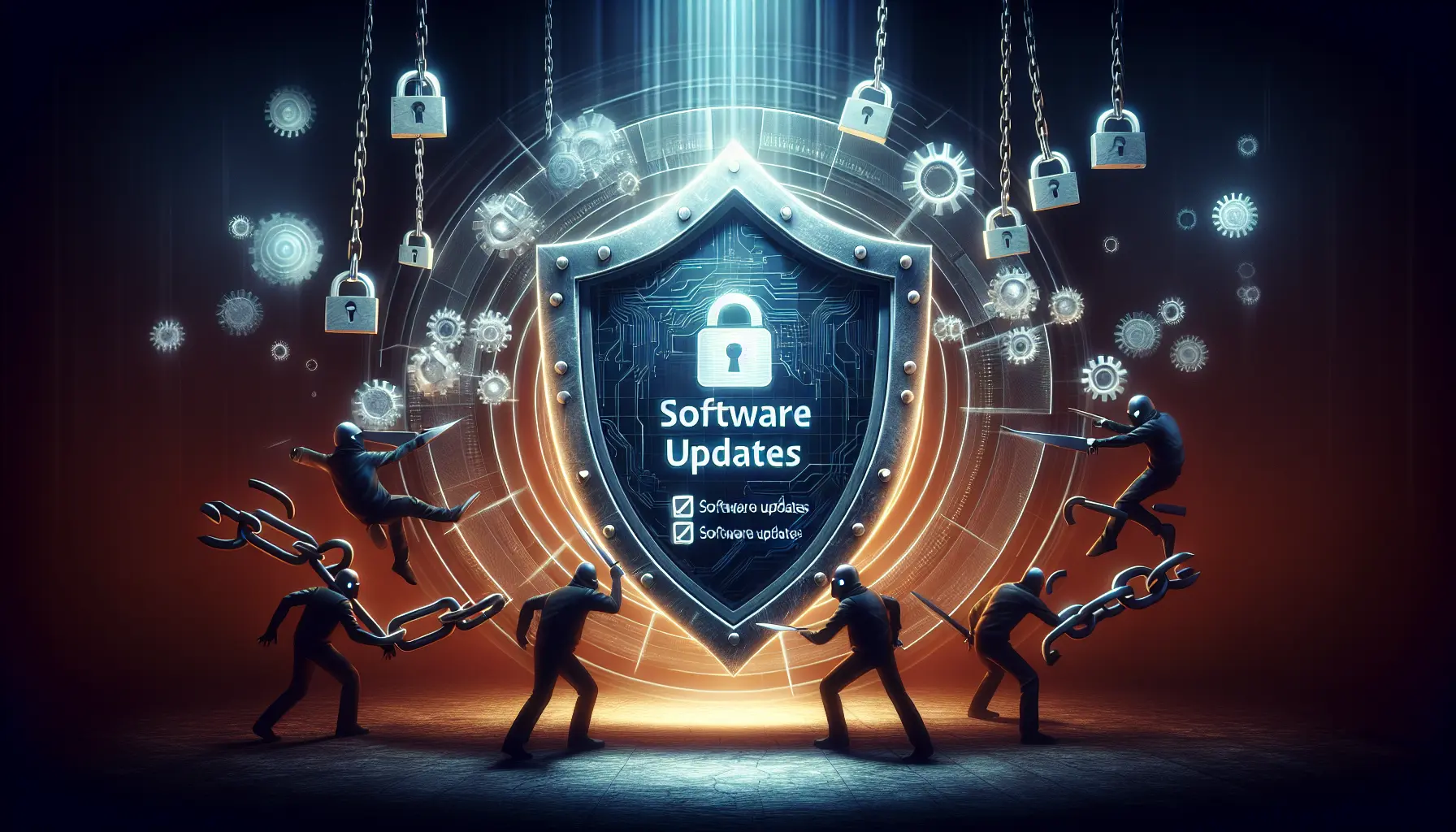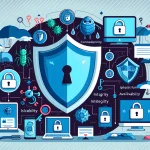
Estimated reading time: 8 minutes
Key Takeaways
- First Line of Defense: Software updates are crucial for protecting against cyber threats.
- Types of Updates: Feature updates enhance functionality, while security updates fix vulnerabilities.
- Regular Patching: Consistent updates can prevent significant data breaches.
- Neglecting Updates: Skipping updates can lead to severe financial and reputational damage.
- Best Practices: Automate updates and train your team to recognize legitimate notifications.
Table of Contents
- Why Software Updates Matter More Than Ever
- Understanding the Basics of Software Updates
- The Security Impact of Regular Patching
- Security Updates: Your Shield Against Modern Threats
- Essential Cybersecurity Practices for Updates
- The Real Cost of Neglecting Updates
- Smart Strategies for Update Management
- Taking Action on Software Updates
- Resources for Better Update Management
- Frequently Asked Questions
Why Software Updates Matter More Than Ever
Software updates represent your first line of defense against cyber threats. While many users view update notifications as minor interruptions, these critical patches protect your systems from increasingly sophisticated cyber attacks. Recent data shows that 60% of data breaches occurred because of unpatched software vulnerabilities that could have been prevented through timely updates.
Understanding the Basics of Software Updates
Software updates are modifications developers release to improve functionality, fix bugs, and patch security holes. These updates fall into two main categories:
- Feature updates that add new capabilities or enhance existing ones
- Security updates that fix vulnerabilities before attackers can exploit them
Both types work together to keep your systems running smoothly while maintaining strong security barriers against threats. For more information, visit this resource.
The Security Impact of Regular Patching
Patching serves as your digital armor. Each patch addresses specific vulnerabilities that hackers actively seek to exploit. Many organizations learned this lesson the hard way – waiting too long to update their systems resulted in preventable breaches.
Consider this: A single unpatched vulnerability can give attackers full access to your network. Security researchers consistently find that most successful cyber attacks target known vulnerabilities for which patches already existed. Learn more at this link.
Security Updates: Your Shield Against Modern Threats
Security updates specifically target vulnerabilities that put your data at risk. These specialized patches prevent:
- Ransomware attacks
- Data theft
- System compromises
- Zero-day exploits
In 2023, organizations that delayed security updates faced devastating consequences. Multiple high-profile breaches affecting billions of records traced back to missing security patches. For further details, check this article.
Essential Cybersecurity Practices for Updates
Follow these proven strategies to maintain strong security through updates:
- Set up automatic updates wherever possible
- Create a regular schedule for manual updates
- Verify that updates install successfully
- Train your team to recognize legitimate update notifications
These practices help ensure consistent protection across all your systems. For more insights, visit this resource.
The Real Cost of Neglecting Updates
Skipping updates carries serious consequences:
- Increased vulnerability to cyber attacks
- Data loss and system downtime
- Financial damage from breaches
- Legal penalties for non-compliance
- Damaged reputation and lost customer trust
Organizations that ignore updates often face these multiple compounding issues simultaneously. For more information, check this article.
Smart Strategies for Update Management
Implement these practices to handle updates effectively:
- Create clear update policies and procedures
- Test updates in a controlled environment first
- Prioritize critical security patches
- Document all update activities
- Monitor systems for post-update issues
This systematic approach helps maintain security while minimizing disruption to your operations. For more strategies, visit this guide.
Taking Action on Software Updates
Start protecting your systems today:
- Check all your devices for pending updates
- Enable automatic updates where available
- Schedule regular update reviews
- Create backup systems before major updates
- Keep track of update history
Remember: Every update you apply strengthens your security position against cyber threats.
Resources for Better Update Management
Consider these tools to improve your update process:
- Automated patch management systems
- Update scheduling software
- Security monitoring tools
- Backup solutions
These resources help streamline the update process while maintaining strong security standards. Your security depends on staying current with software updates. Make them a priority in your cybersecurity strategy, and you'll significantly reduce your risk of becoming the next cyber attack victim. For more information, visit this link.
Frequently Asked Questions
Why are software updates important?
Software updates are crucial for fixing vulnerabilities and improving functionality, thus protecting systems from cyber threats.
What happens if I ignore software updates?
Ignoring updates can lead to increased vulnerability to cyber attacks, data loss, and potential legal penalties.
How often should I update my software?
It is recommended to check for updates regularly and enable automatic updates whenever possible.
Can I automate software updates?
Yes, many software applications offer options for automatic updates to ensure you are always protected.
What should I do if an update fails?
If an update fails, check your internet connection, ensure sufficient storage space, and consult the software's support resources for troubleshooting.









